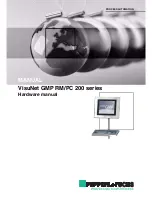
Figure. 6.1.4. - 80. Data set editing window.
All of these data sets can be edited. The data set editing dialog is opened by clicking on the selected
data set to be edited and then clicking the "Edit" button. The editing dialog shows all currently
con gured entries of the data set. An entry can be removed from the data set by clicking the red "-"
button located at the end of the entry's row. New entries can be added and old ones edited by clicking
the green "+" button at the top right of the window. For URCB and BRCB data sets it is recommended
that the data is selected on the doName (data object) level (see the image below). This way all
available information (such as status, quality, and time) is always sent in the report. Data can also be
selected on daName (data attribute) level, which selects each individual piece of data. This approach
may be preferred for GOOSE data sets.
Figure. 6.1.4. - 81. Data selection on the data attribute level.
Settings.
The general setting parameters for the IEC 61850 protocol are visible both in AQtivate and in the local
HMI. The settings are described in the table below.
AQ-E215
Instruction manual
Version: 2.01
147
© Arcteq Relays Ltd
















































